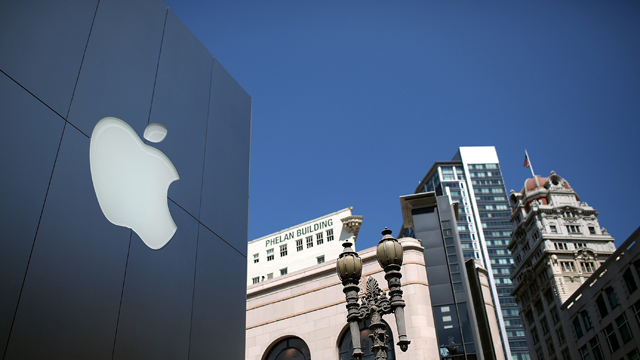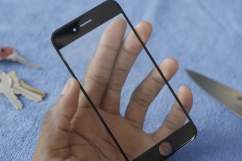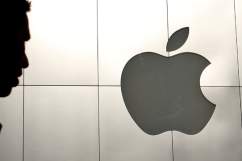iTime: Smartwatch patent shows Apple's broad ambitions http://t.co/ZlfYxVRN9m pic.twitter.com/aCqd4DT11X
— Gizmodo (@Gizmodo) July 22, 2014
Apple has filed patent documents for a smartwatch called iTime. Here’s what you need to know about the “iWatch” coming soon from Apple.
1. Apple Was Granted the ‘iTime’ Patent on July 22
It's iTime. http://t.co/XfdegWvWdN #apple pic.twitter.com/JQsiaIOnTN
— HuffPostUKTech (@HuffPostUKTech) July 22, 2014
Apple was granted the patent for their “iTime” wristwatch on July 22, 2014. The patent claim consists of the following:
“As an electronic wristband to be worn on a wrist of a user, one embodiment of the invention can, for example, include at least a central portion and at least one band portion. The central portion can have a receptacle area configured to receive a mobile electronic device. The mobile electronic device can include a display and be independently useable apart from the electronic watchband.”
You can view the whole patent document here.
The Apple patent blog Patently Apple has highlighted some of the most interesting features in the iTime watch. Among them are remote control functionality, an alert system to let you know if you’ve left your watch behind somewhere, and even the ability to get push notifications sent directly to your wrist.
The iTime device seems to consist of two portions. As explained by Gizmodo:
“The iTime will actually feature two main components: the aforementioned smart strap, which can apparently be swapped out to change functionality, and a small touchscreen media player.
The strap itself would introduce more advanced features like GPS, haptic feedback, arm and wrist gesture sensing, and even wireless communications. But it’s not clear if the user needs to swap between multiple straps depending on the functionality they’re after.”
2. iTime Looks Like an iPod Nano
First real proof of an Apple iWatch – er, iTime? @mikeycampbell81 discovers this U.S. patent → http://t.co/m5pwE7Y0Mw pic.twitter.com/DlPf2GnuLP
— David Montalvo (@montalvo_d) July 22, 2014
The Guardian notes that the iTime patent image looks a great deal like an iPod Nano:
“Apple’s new patent for a ‘wrist-worn electronic device’ resembles an iPod nano strapped to the wrist, detailed illustrations reveal.
The patent documents an ‘iTime’ wearable device that has small touchscreen device and can be docked into a wrist strap turning it into a smartwatch, connecting to an iPhone, iPad or computer to access information and receive alerts.
The touchscreen module can be removed from the strap and used independently, precisely like an iPod nano (which Apple specifies in the patent).”
Cult of Mac adds that the iTime bears some resemblance to a Pebble smartwatch. Cult of Mac also compares the look of the iTime patent against some of the makeshift “iWatches” Apple fans put together from iPod Nano parts back in 2010.
3. ‘iWatch’ Trademark Filed Before ‘iTime’ Patent
Check out the clip above from On Air With Ryan Seacrest, which predicts that Apple’s smartwatch could be a bigger seller than the iPhone.
Last July, Apple filed a trademark for the word “iWatch.” It is not yet clear whether Apple will market their smartwatch as the iTime or iWatch. Gizmodo notes that Apple has a history of trademarking alternate names for its products to keep the real name secret ahead of the launch.
4. Apple’s Smartwatch Is Expected to Begin Production This Month
Check out the report above from the Wall Street Journal, which suggests that Apple’s smartwatch might come in multiple screen sizes.
The Guardian reports that mass production of Apple’s smartwatch is expected to begin this month. The report suggests that Apple may be gearing up to ship up to 50 million units within the first year. After mass production concludes this summer, analysts expect the Apple smartwatch to go on sale in October.
However, there are some reports that say Apple’s smartwatch won’t go into production until November.
5. iTime Features Include Wrist Gesture Support

(Getty)
Apple Insider has taken a deeper look at the patent document, and notes that the watch will support a cool, wrist-based system of gestures. They write:
“Instead of controlling the smartwatch via fingers, users would be able to shake, bounce, tap or otherwise interact with the device through physical movements. Gesture combinations can be assigned to certain device controls. For example, an incoming call may be answered by a single wrist shake, or declined with two shakes and a tap.”


